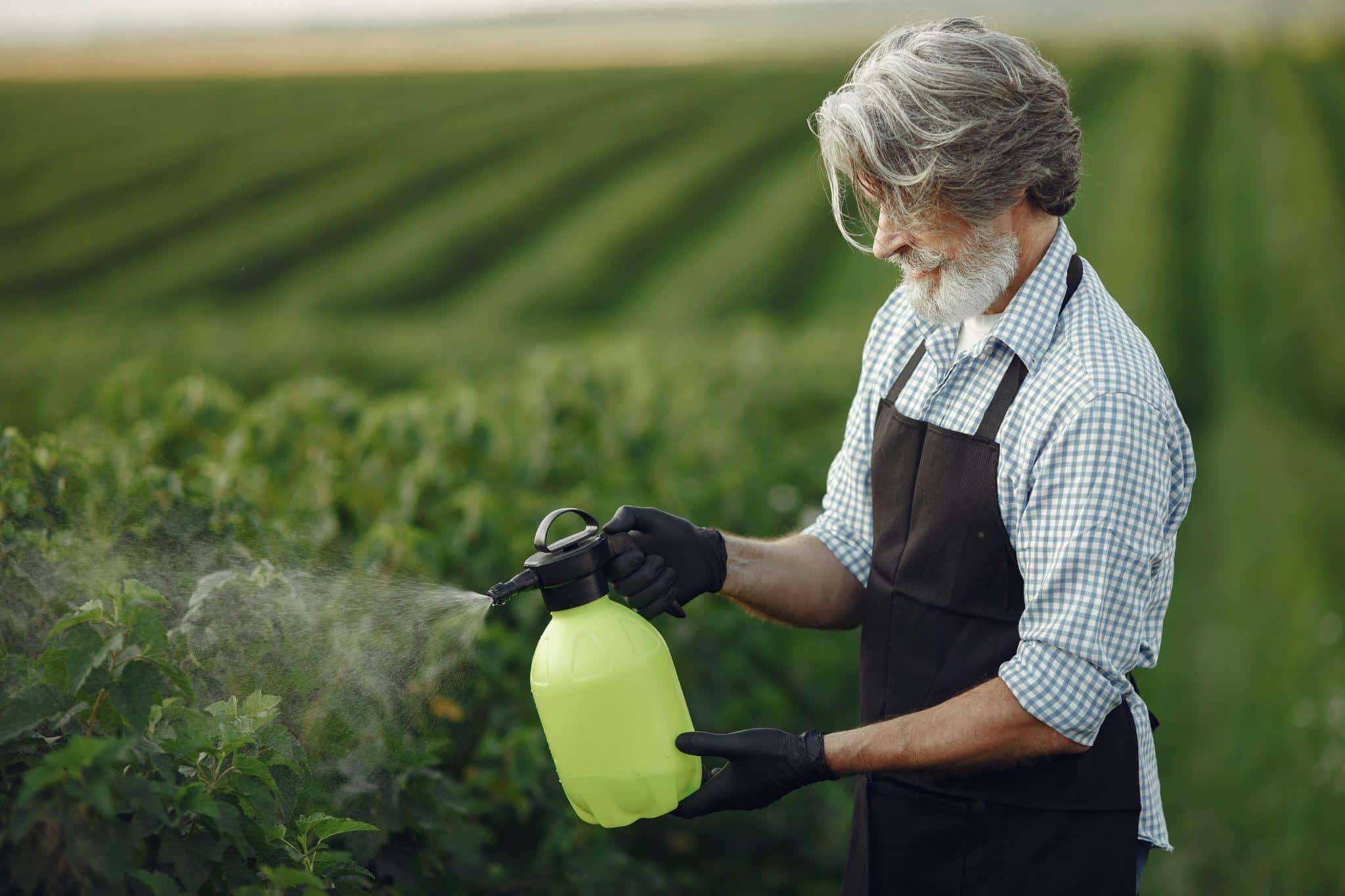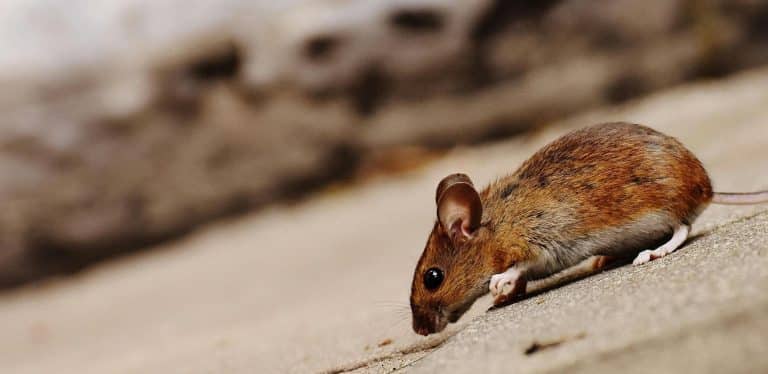In the contemporary world, pest control was perceived to mean a single thing, which was chemicals. Individuals, farm owners, and even business owners in their battle with the stench of the pesticide sprays were in a perpetual fight to eliminate the roaches, termites, and rodents. But, over time, this plan proved to be unviable.
Professional pest control in Allen now utilizes information, intelligent sensors, and environmentally-friendly products. It is a complete re-evaluation of the pest control methods, and it is safe, smarter, and more environmentally friendly than ever.
How Pest Control Used to Work
The traditional way of the old-school approach to pest control was rather simple-minded and brute force.
Conventional methods of control of the pests were usually based on:
- Broad-spectrum pesticides: This type of pesticide is meant to kill as many species as possible, and in many cases, destroy useful insects.
- Regular spray time: The spraying was conducted whether the pests were active or not.
- Manual detection: This is the use of visual inspections and reporting of homeowners as opposed to scientific monitoring.
- Chemical dependence: Pests were handled virtually through chemicals, and other options could not be employed.
Too much exposure to pesticides led to the development of pest resistance, and exterminators were forced to use stronger and more toxic chemicals.
Why Change Became Necessary
The further development of science revealed that the previous pest control methods were causing more issues than they solved. There were health concerns raised against the risks of repeated exposure to chemicals indoors by health experts.
The necessity to change was inspired by several main factors:
- Pesticide resistance
- Ecological effects
- Health and safety issues
The Incorporation of Integrated Pest Management (IPM), based on approaching pesticide monitoring, prevention, and limited administration, started to take place even in companies. Rather than taking war on nature, IPM collaborates with it, attempting to maintain a balance in the population of pests through the application of science.
Smarter Tools in Action
Modern pest management has found its basis in technology. Rather than using sprays, modern practitioners of pest control have pest control technology that detects, follows, and sometimes forecasts cases of infestation before things go out of control.
The recent smart pest controller will include:
- Internet of Things sensors (IoT): Small devices that are placed in a building or a warehouse to monitor the movement of pests.
- AI-based analytics: These are the kinds of algorithms that will read the temperature, humidity, and environmental conditions and then determine the activity of the pests.
- Remote surveillance: Surveillance cameras and smart traps that would send messages immediately after several pests were detected.
- Thermal and infrared imaging: It is used to find hidden colonies beneath walls or the ground.
Such technologies do allow a much more efficient and targeted pest control.

Eco-Friendly Approaches Gaining Ground
Sustainability is not such an alienating notion anymore, but the concept is progressing to the centre of the pest control business.
Some of the major current environmental procedures that affect pest management include:
- Botanical pesticides: Pesticides produced by plants, but are also deadly to insects, such as pyrethrins and essential oils.
- Biological control: Introducing natural predators to control the pests, e.g., nematodes or ladybugs.
- Physical exclusion and creation of barriers: Sealing of the infestations by closing the points of entry.
- Alteration of habitat: Removal of standing water, dead waste, and food for pets.
Such tactics reduce the hazards to the environment and remain effective. The progressive companies, such as CitiTurf, have adopted this balance and provide pest control programs that combine both eco-friendly materials and advanced technological features in order to provide safe and lasting security.
What This Means for Homes and Businesses
The move to smarter and cleaner control of pests has significant advantages to businesses and homeowners alike. 40% of homeowners in the US have experienced a pest infestation.
For homeowners:
- The systems are smart enough to monitor the pest before it brings havoc.
- Eco-friendly treatments guarantee security to children, pets, and indoor air quality.
- Personalized service plans allow for throughout-the-year coverage without the superfluous chemical exposure.
For businesses:
- Digital monitoring assists in ensuring that the regulations of health and safety are followed.
- Predictive data analytics minimizes the downtimes and loss of products due to infestation.
- Audits and pest management planning are made easier through reports and digital documentation.
Clients are able to view the application location and professionals’ update strategies immediately as a result of real-time information.
Where Innovation Is Taking Pest Control
The future of the manner in which we guard our spaces against undesired intruders is defined by artificial intelligence, robotics, and biotechnology.
Innovations on the horizon are:
- Weather and migration-based AI-driven prediction models that can predict an outbreak.
- Drones and robots are used to inspect large premises or fields.
- Modifying genes and biological studies focused on pedagogic reproduction cycles in other species with no harm.
- The smart home will be integrated with a system that enables inhabitants to keep an eye on traps and pest data using their phones.
This pest management innovation is targeted at producing self-regulating, self-sustainable, and economical pest-free environments.
Conclusion
Innovation, environmental safety, and pest control technology have taken modern pest control practices to a completely different form of control. The industry is also based on the future of prevention and not yet reaction, as algorithms do it with smart sensors, biosolutions, and artificial intelligence and prediction.
The next generation pest control is exemplified by balance balance between technology and nature, efficiency and safety, as well as innovation and responsibility. It is a smarter future, but the smarter future will be much more sustainable for the generations to come.













